Understanding Virginia’s Prison System
Virginia’s prison system is a complex labyrinth affecting thousands. With an incarceration rate of 679 per 100,000 residents, it’s higher than any democratic nation. Virginia law allows electronic incarceration for some, letting them serve sentences at home. But, not for everyone. Racial disparities are stark, showing deep-rooted inequalities. Programs for justice-involved veterans aim to aid their return to society. The Department of Corrections manages these facilities and is key in rehabilitation efforts. For the wrongfully incarcerated, there’s compensation—$55,000 annually. Some programs focus on the incarcerated veteran, ensuring they receive necessary support. Understanding these aspects helps shed light on Virginia prisons and the challenges within.
Overview of Virginia’s Incarceration Rates
Virginia’s incarceration figures reveal a stark reality. With approximately 60,000 individuals in Virginia prisons, the rate of incarceration stands at a staggering 679 per 100,000 residents. This is higher than any democratic country worldwide. Each year, over 111,000 people find themselves cycling through local jails. These numbers have alarmingly increased over the last four decades. The Department of Corrections manages these vast numbers, trying to balance control and rehabilitation. Despite numerous efforts to address the issue, the system remains overwhelmed. Programs like electronic incarceration offer some relief but require careful management and oversight to be effective.
Racial Disparities in Virginia Prisons
The imbalance of racial representation within Virginia prisons is glaring. People of color face a disproportionate presence, echoing broader social and systemic prejudices. This is not merely numbers on a page; it’s lives affected daily. The Department of Corrections grapples with these disparities, striving for equity. It’s a journey, not a sprint, to address these deep-rooted issues. Initiatives like electronic incarceration offer alternatives, yet racial biases often skew eligibility. Virginia law remains a guiding force, but the road to genuine equality is fraught with hurdles. The plight of the incarcerated veteran highlights these challenges, demanding focused solutions.
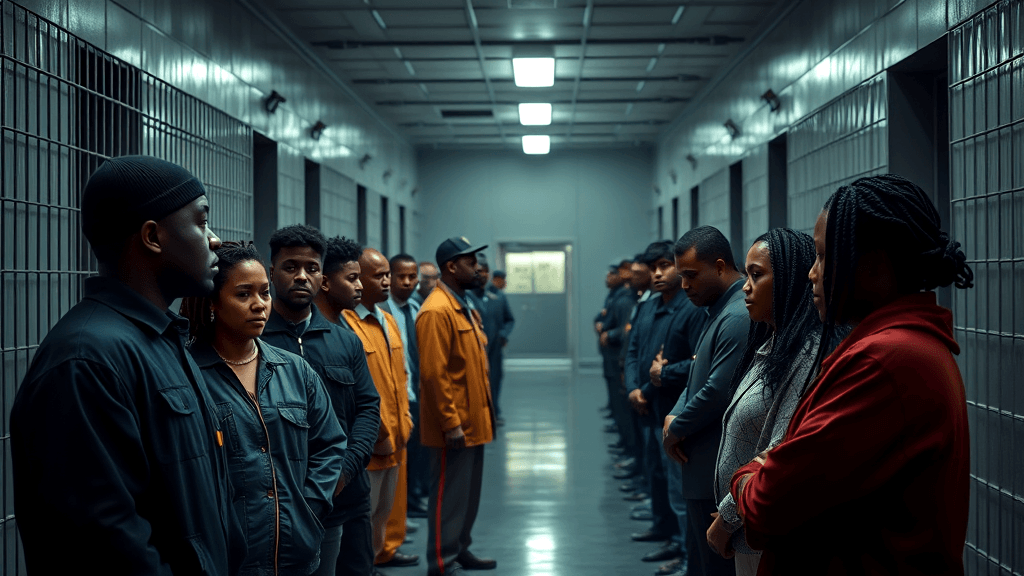
Electronic Incarceration Programs Explained
Exploring how electronic incarceration programs function offers insight into Virginia’s approach to imprisonment. Designed as alternatives to traditional jails, these programs allow eligible inmates to serve time at home with electronic monitoring. This approach can reduce overcrowding in Virginia prisons while offering more freedom. Yet, it remains inaccessible for those convicted of severe offenses. Virginia law ensures these programs are well-regulated, with the Department of Corrections overseeing them. Programs also cater to justice-involved veterans, ensuring their needs aren’t overlooked. While promising, these systems require thoughtful implementation to balance public safety and rehabilitation effectively.
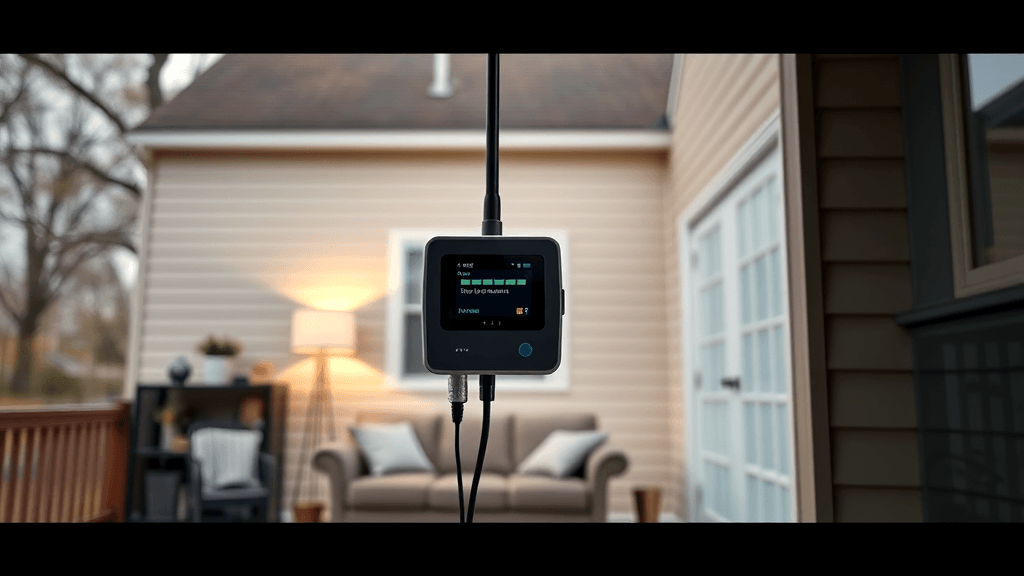
Virginia Law and Prison Policies
When diving into the specifics of laws and policies in Virginia’s prison system, one finds a focus on fairness and rehabilitation. The Code of Virginia outlines compensation for the wrongfully incarcerated: $55,000 annually for each year unjustly spent behind bars. Meanwhile, electronic incarceration programs offer alternatives, allowing some to serve time at home with monitoring. This approach aims to reduce overcrowding in Virginia prisons. The Department of Corrections plays a crucial role, managing these initiatives while striving for balance. Programs also cater to the needs of the incarcerated veteran, ensuring they receive adequate support and care.
Support for Justice-Involved Veterans
Supporting veterans who have been involved with the justice system is a critical task in Virginia. With programs like Health Care for Re-entry Veterans and Veteran Justice Outreach, incarcerated veterans receive essential support. These programs are particularly important given the challenges within Virginia prisons. They ensure veterans can access healthcare and benefits, smoothing their transition back into society. The support doesn’t end there; electronic incarceration options offer a less restrictive environment for eligible veterans. This not only helps veterans but also eases overcrowding in the prison system. It’s a win-win, providing a path forward for those who served.
Department of Corrections: Structure and Role
A look into the framework and responsibilities of Virginia’s correctional system reveals its profound influence on the state’s prison operations. With a focus on managing facilities and implementing programs, the system aims to ensure security while fostering rehabilitation. Initiatives include electronic monitoring and support for those who are wrongfully incarcerated, offering compensation to rectify injustices. The system’s complexity also addresses racial disparities and supports veterans reentering society. Despite challenges, Virginia Prisons strive to balance control with humane treatment. It’s like juggling flaming swords—tricky but necessary to keep things moving in the right direction. So, how does this balance impact individuals?
Compensation for Wrongfully Incarcerated Individuals
For those unjustly jailed, Virginia offers a glimmer of hope through compensation. For each year spent behind bars, individuals can receive $55,000. This is more than just numbers—it’s about rebuilding lives. Imagine receiving a check that says, “We’re sorry.” Beyond financial aid, services are available to help ease the transition back into society. Yet, it’s not all sunshine and roses. Navigating the system can feel like swimming against the tide. Virginia strives for justice, but the journey is complex. Here’s to hoping for brighter days for those impacted by the injustices within Virginia’s prison system.
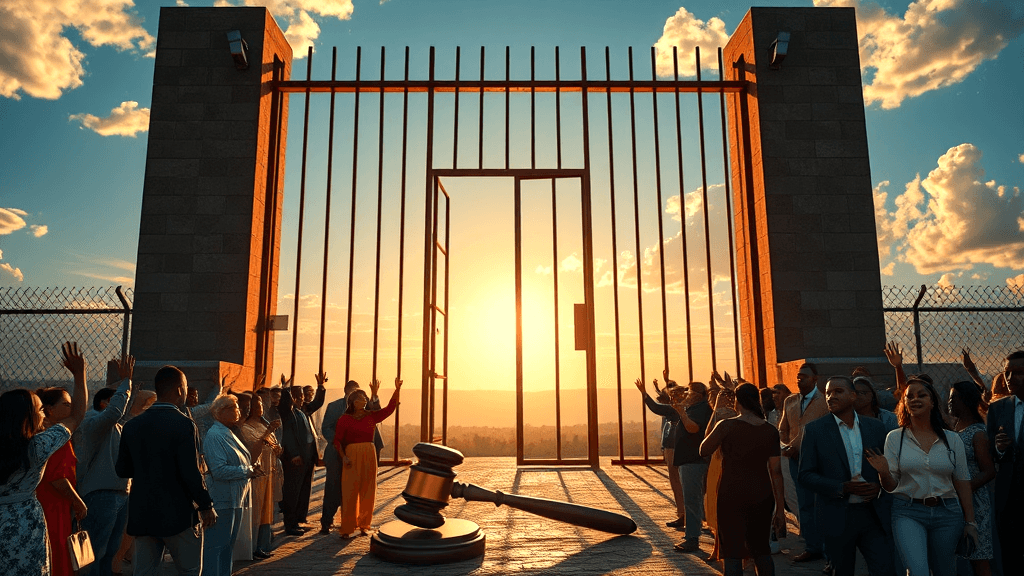
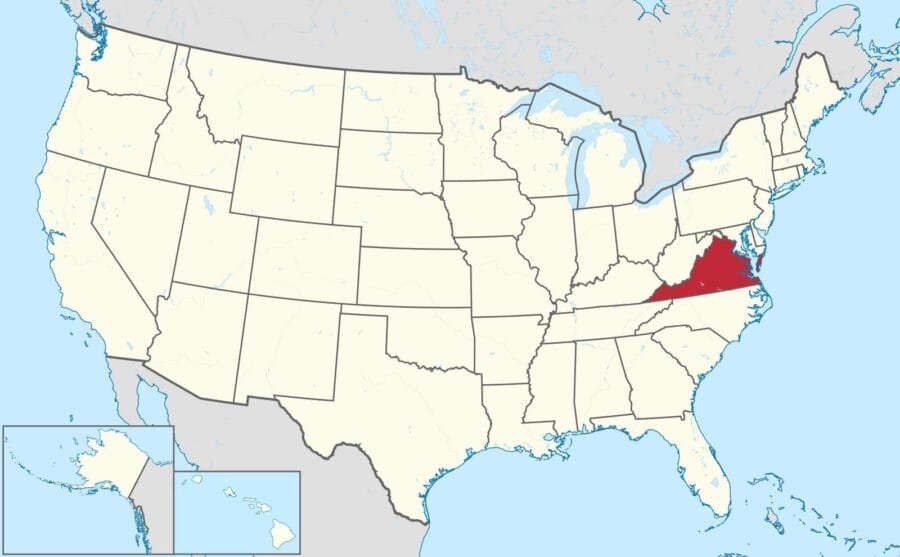
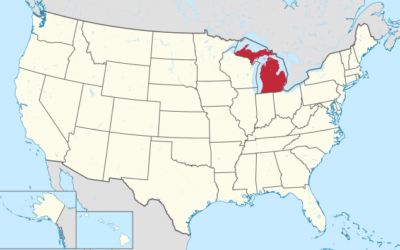
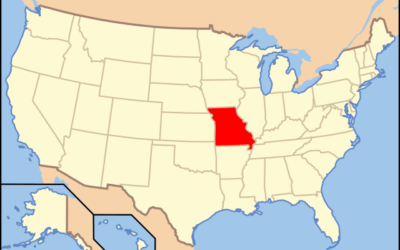
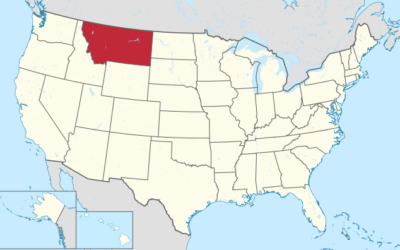
0 Comments